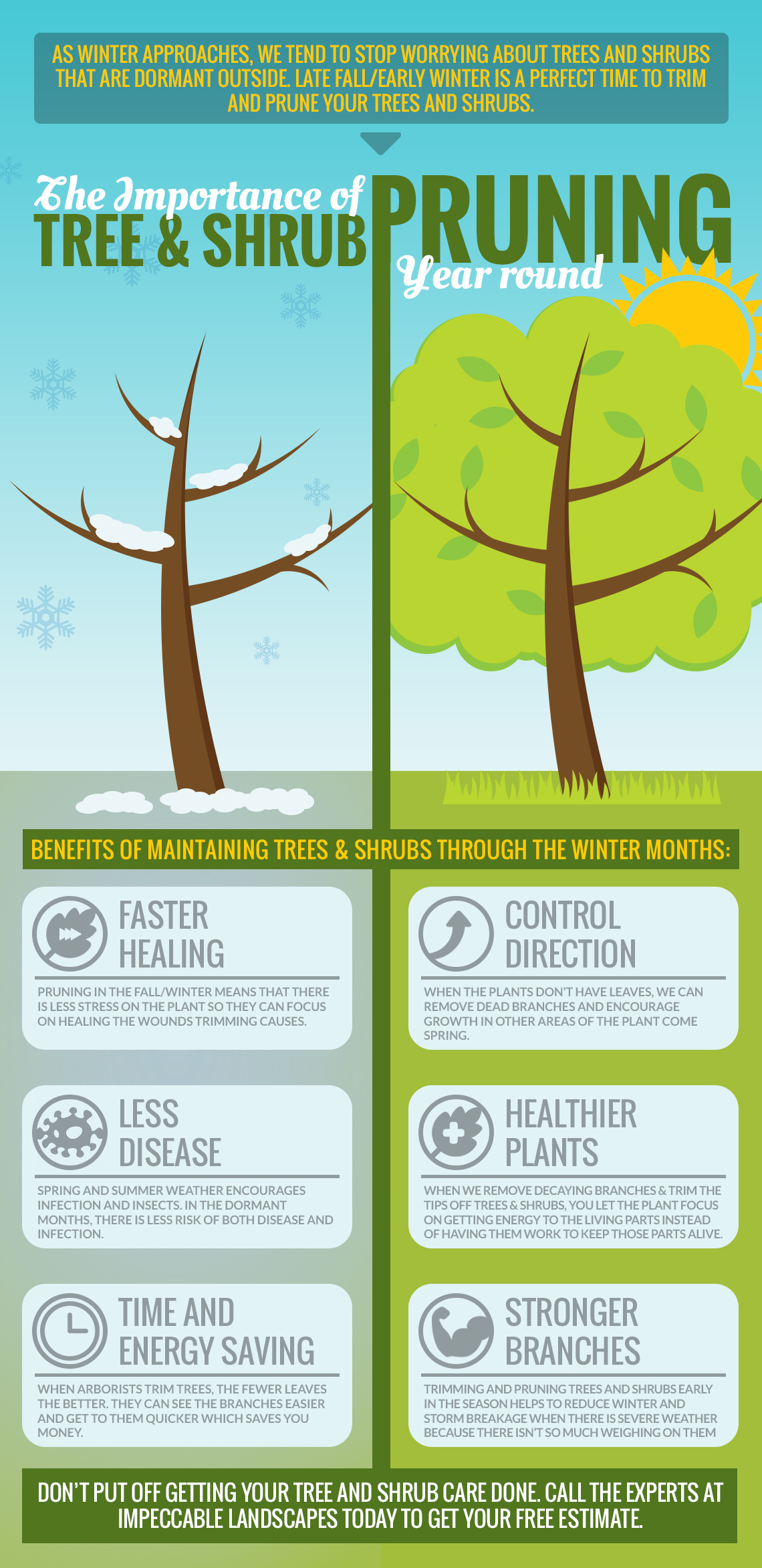Indicators It's Time To Eliminate A Tree - A Homeowner'S Guide
Indicators It's Time To Eliminate A Tree - A Homeowner'S Guide
Blog Article
Content Author-Churchill Conway
Trees add elegance and worth to residential property, yet they can also present a threat during severe climate occasions. If a tree has quit growing, is showing visible fungal development, or has a leaning trunk, it must be gotten rid of by a professional to avoid home damages and injury.
To read more, participate in website maintenance cost nz -hosted by HPD, the Center for New York City Neighborhoods, and Brooklyn-based real estate companions this evening in Bedford-Stuyvesant. The event will feature the Homeowner Manual, a new overview to aid property owners browse the obligations of owning a home.
1. Dead or Perishing Branches
Trees are an indispensable part of your home's landscape, offering color and beauty. They additionally provide sanctuary for wildlife and produce oxygen, but even healthy trees can experience health problems that may necessitate their removal. read this or dying trees aren't just unattractive, they can be hazardous. Their branches could drop throughout a storm, leading to costly residential or commercial property damages and injuries.
When a tree's branches start to die, it indicates that its structure is starting to break down. If the majority of its branches are dead, it is likely time to remove it.
Try to find a lack of new development, bark peeling, open wounds or tooth cavities, fungi expanding on the trunk or roots and a basic appearance of decay in the entire canopy. landscape advice near me of infection can suggest a severe problem that will call for specialist tree services to solve.
2. Leaning Trunk
While it's normal for trees to lean once in a while as a result of phototropism, if a tree has a hazardous or extreme lean that's not because of natural processes - it could be a sign that the tree needs to be gotten rid of. If the tree is leaning toward a high-voltage line, home, automobile, play structure or any other area that could be unsafe to people if it drops, after that contacting an expert tree solution for removal need to be a leading priority.
It's also important to expect any kind of sudden changes in a tree's leaning as it can show damages to the origins or trunk that might lead to dropping. This is especially real during thundercloud, since high winds and rain-soaked dirt can create a lean to change swiftly. Regular surveillance, specifically throughout and after tornados can assist home owners recognize possible issues with their trees so they can call an arborist for an extensive analysis.
3. Pest Infestation
Some pest problems, such as wood-boring insects like emerald ash borer or sap-suckers like scale bugs, are so serious that they can create a tree to die. The very best method to prevent pest infestation is to monitor your trees on a regular basis. Try to find spots, holes, or stainings in the fallen leaves and bark. Analyze the trunk for cracks and signs of insect damage, such as tunnels or tracks.
If a tree becomes as well infested with bugs, or is close to a home or high-voltage line, an arborist might advise removal. If a leaning tree creates a brand-new, unsteady lean, an arborist will likely recommend elimination also to guarantee the safety of people and building. If a damaged or dead tree constantly drops too much branches, it is an indication that it is time to get rid of the tree. If a tree continues to shed branches for a prolonged time period, it might cause architectural issues and possible home damages.
4. Harmed Trunk
Trees are a stunning and fundamental part of our landscape, but they do need regular care to maintain them healthy and secure. If a tree is damaged beyond repair it is likely time for it to find down.
Seek indications of damages to the trunk, including upright splits, seams, dead branch stubs, noticeable injuries or open tooth cavities and extreme tree-rot. The presence of fungis at the base of the trunk is an additional warning sign. Fungis might show that the phloem and xylem (life-support cells) are compromised, enabling the spread of illness or a future failing.
Likewise, take into consideration whether the tree has quit growing. Healthy and balanced trees will have new growth every year, which may be visible as buds or branches sprouting and prolonging. If you do not see any kind of new growth, it's an excellent concept to have an arborist examine the tree and follow their referral for elimination. A dying or damaged tree can fall and create residential property damages.